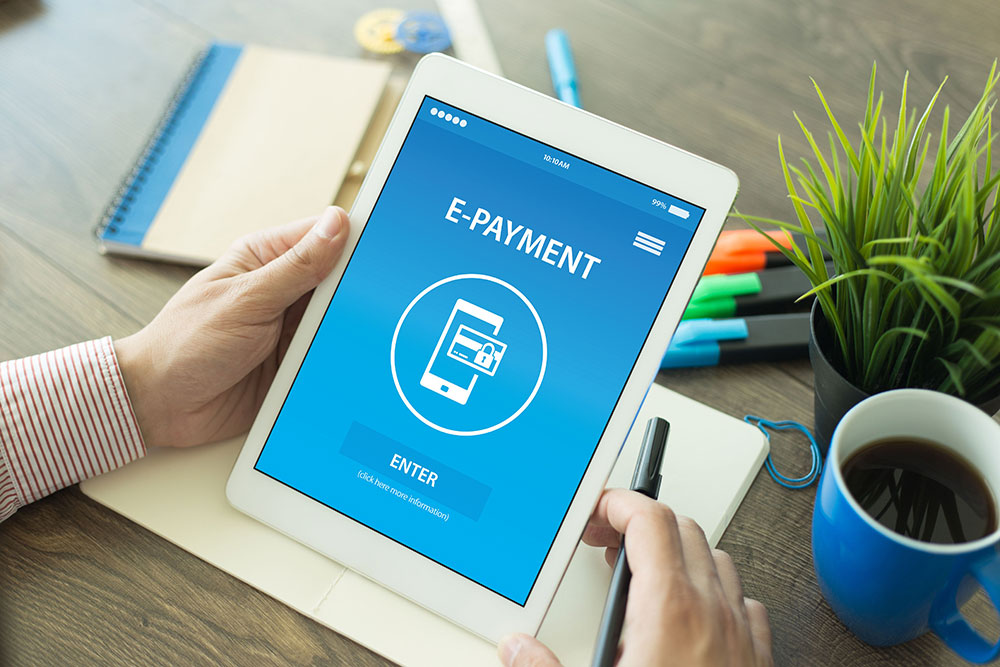According to the recently released World Payments Report 2017 by Capgemini and BNP Paribas, global non-cash transactions experienced their growth of the past decade this past year and are predicted to keep growing at a compound annual growth rate (CAGR) of 10.9 percent from 2015 to 2020. Cashless payments are growing not just in individual transactions, but in wholesale purchases, too, which are expected to record a CAGR of 6.5 percent from 2015 to 2020. Even large corporations making significantly costly purchases are increasingly comfortable with using digital payment forms.
Beyond cards in hand, the report notes that ecommerce and mobile commerce payments are expected to account for 32 percent of total non-cash transactions. While Capgemini leadership insists cash is not dead, the 2017 Health of Cash Study, U.S. Edition by Cardtronics finds that debit cards are the top preferred payment method by 33 percent of respondents, compared to 27 percent of respondents preferring physical cash.
As consumers slowly push for a cashless society, here are some other trends merchants should be aware of and how to adapt.
Rise of the Chatbots
As the National Retail Federation estimates up to a 12 percent growth in ecommerce in 2017, retailers are striving to offer as personalized a shopping experience as possible for online buyers. One way to do this is by employing chatbots to answer customer queries on channels such as Facebook Messenger, and also allow customers to shop directly within the app. This type of “conversational commerce” has big potential for retailers looking to expand their offerings into channels beyond their websites.
In addition to the ability to process more payments, intelligent chatbots can anticipate customer needs by providing relevant information based on questions or user behavior. Facebook Messenger, for example, has a built-in natural learning process that makes this artificial intelligence anticipate user desires. Even when they’re interacting with robots, chatbot users can get a rich customer experience that rivals one in store or within an ecommerce site.
Proximity Mobile Payments Make Transactions Quicker
Moving a step beyond the simplicity of card payments, contactless payments through proximity mobile transactions are also being embraced by more shoppers today. Consumers aren’t just using smartphones to make purchases in apps, on websites, and through chatbots. They also want to swipe their phone at a reader and be on their way.
The Proximity Mobile Payment Market — Global Industry Analysis, Size, Share, Growth, Trends and Forecast 2017 — 2022 report by Transparency Market Research shows wireless payments via smartphone or mobile devices is expected to achieve a 48 percent CAGR between 2017 to 2022, with the market rising to more than $411 billion by 2022. The World Payments Report 2017 indicates an anticipated increase in payments via Internet of Things devices, such as smartwatches, which will also contribute to the rise of proximity mobile payments.
Secure Technology Required for Smooth Transitions
As digital payments continue to increase, so does the need for secure systems within ecommerce stores, mobile wallet transactions, and chatbot purchases. In 2016 in the United States, identity theft and fraud cost consumers more than $16 billion, an increase of 16 percent from 2015, according to Javelin Strategy & Research. The Equifax data breach of 2017 affected 143 million consumers, making the issue of vigilance in payment security more important than ever.
Some of the most notable requirements in keeping digital payments secure for both purchasers and retailers include following all PCI Security Standards Council requirements, including:
- Create and maintain a secure network: Protect cardholder data with a firewall configuration. Do not use default passwords from vendors or other vendor-supplied default security parameters.
- Protect cardholder data: Keep stored cardholder data secured and protected. Always encrypt cardholder data that is transmitted across public and open networks.
- Implement and use a vulnerability management program: Employ anti-virus programs, and regularly update them. Develop, test, and maintain applications and systems that are secure.
- Use strong access control measures: Don’t allow cardholder data to be accessed by anyone who is not required to access it. Make sure each person with computer or network access has a unique log-in ID. Protect cardholder data from physical access beyond need-to-know.
- Monitor and test networks often: Constantly track and monitor network resource and cardholder data access. Make sure all security systems and processes work, through regular testing.
- Create and update an information security policy: The security policy should cover all network security guidelines for contractors and employees who may have access.
When your business is considering implementing any new form of new digital payment technology, keep in mind EMV chip card acceptance is also vital to protect your business. Your business will be liable for any fraud that occurs with customers who use EMV chip-enabled cards when your business does not use equipment for those cards.
Has your business seen an increase in shoppers using digital money over physical cash? Join in the conversation on our Facebook page. Looking for better virtual merchant solutions for your business? Learn more about vPost from North American Bancard here.



